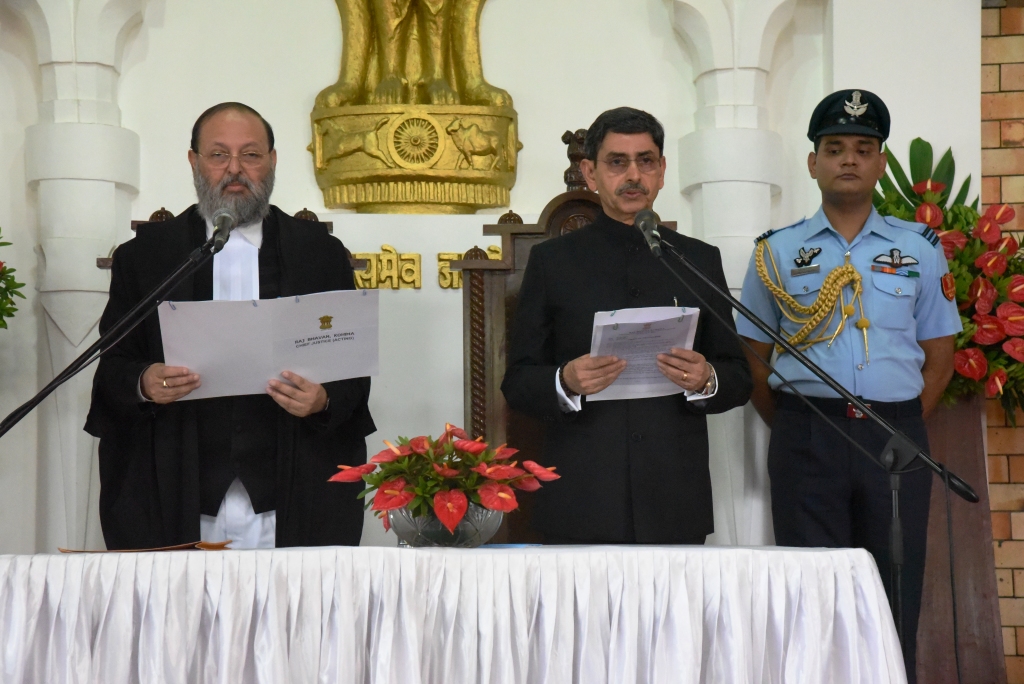In an interview a few years ago, Chairman of Reliance Industries Mukesh Ambani made a mention about how the values taught by Mahatma Gandhi are timeless and expressing the view that the youth of India “who will embrace technology and Gandhi’s values will give the country a development model that the world will follow”. Mr Ambani goes on to point out some of Gandhiji’s core principles and how this can find application in the pursuit of development.
This brings us to an old discourse regarding the strategy of development to be undertaken in post-Independent India. The development of the Indian economy till 1977 was based on Jawaharlal Nehru’s investment strategy and hence popularly referred to as the ‘Nehru Model of Development’. No doubt this particular model laid the foundation of the economy, reducing the country’s dependence on foreign aid.
However the economic policy followed in general has failed on several counts: Firstly the problem of poverty remains; unemployment persists and so does inequalities. The same can be said about Nagaland as well because we have also replicated what others have been doing. On top of these problems, we are faced with several of our unique problems such as lack of investor’s confidence to do business, large scale extortion leading to price rise and poor quality of development works etc to name a few.
It is in this context that perhaps we need to take a re-look at the Gandhian model of growth. For one, this may be more in tune to the Nagas way of life and situation. In general, Gandhi’s economic principle aims to raise the material and cultural level of the masses so as to provide a basic standard of life. Its emphasis is on scientific development of agriculture and promoting cottage and village level enterprise, something that the Naga economy also needs to undertake on priority.
Recently the latest Census figures were released and one of the highlight was how there is a rush of migration taking place from rural Nagaland to the new urban centers particularly Kohima and Dimapur, as a result, taking its toll on the infrastructure and other basic services. If this trend has to be reversed, which is what policy makers want to do, then other growth centers must be nurtured. And one obvious way is to follow the Gandhian model of development—promoting local products (swadeshi), developing village level enterprise, self-reliance, dignity of labour, creating economic opportunities (such as employment) and to be guided by sound human values.
Gandhi as we all know was greatly influenced by the teaching of Jesus Christ and he incorporated Biblical principles into his socio-economic and political thoughts. As a Christian State, it should not be hard for Nagaland to model its development strategy along these lines. For one we need to develop a moral foundation on which our politics and economics can take shape.
Leadership should not be about self enrichment but rather enabling people to achieve their full potential, in pursuit of a shared and common purpose. It should not be about power, status or control but how to empower people.
Christian leadership should be about giving everything and asking nothing in return. If we can do all of this and much more, we can reverse the socio-economic injustices of the present and develop an indigenous model of development that acknowledges God’s sovereignty over our land and resources and that everything belongs to Him. We are just caretakers and stewards of God’s resources.







 An orbiting message of peace
An orbiting message of peace What Does Your Face Say About Your Health?
What Does Your Face Say About Your Health? The Top Viral YouTube Videos of 2017
The Top Viral YouTube Videos of 2017 Meet R.N. Ravi, who is mediating peace with the Nagas
Meet R.N. Ravi, who is mediating peace with the Nagas










Leave a Reply
Your email address will not be published. Required fields are marked (required)